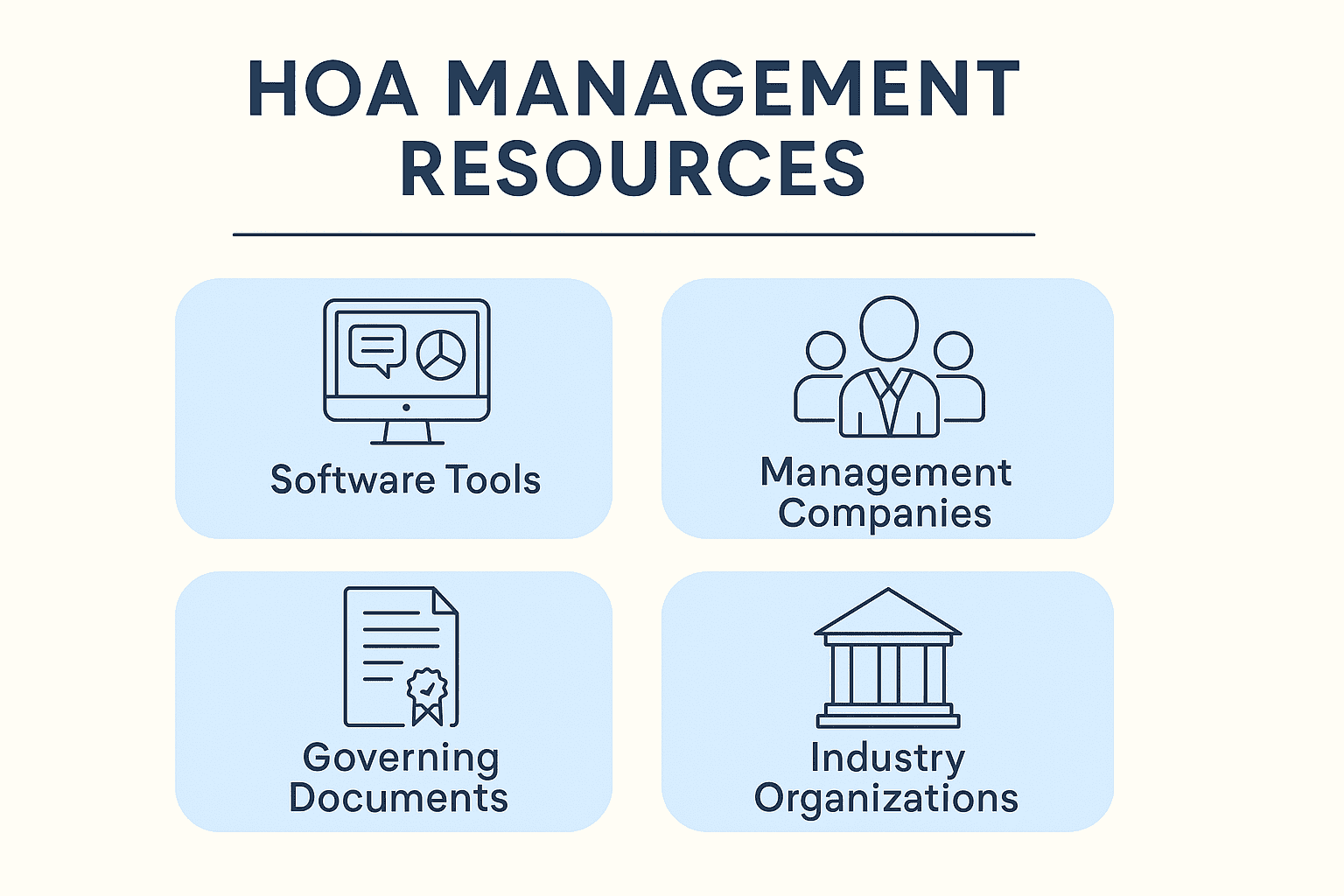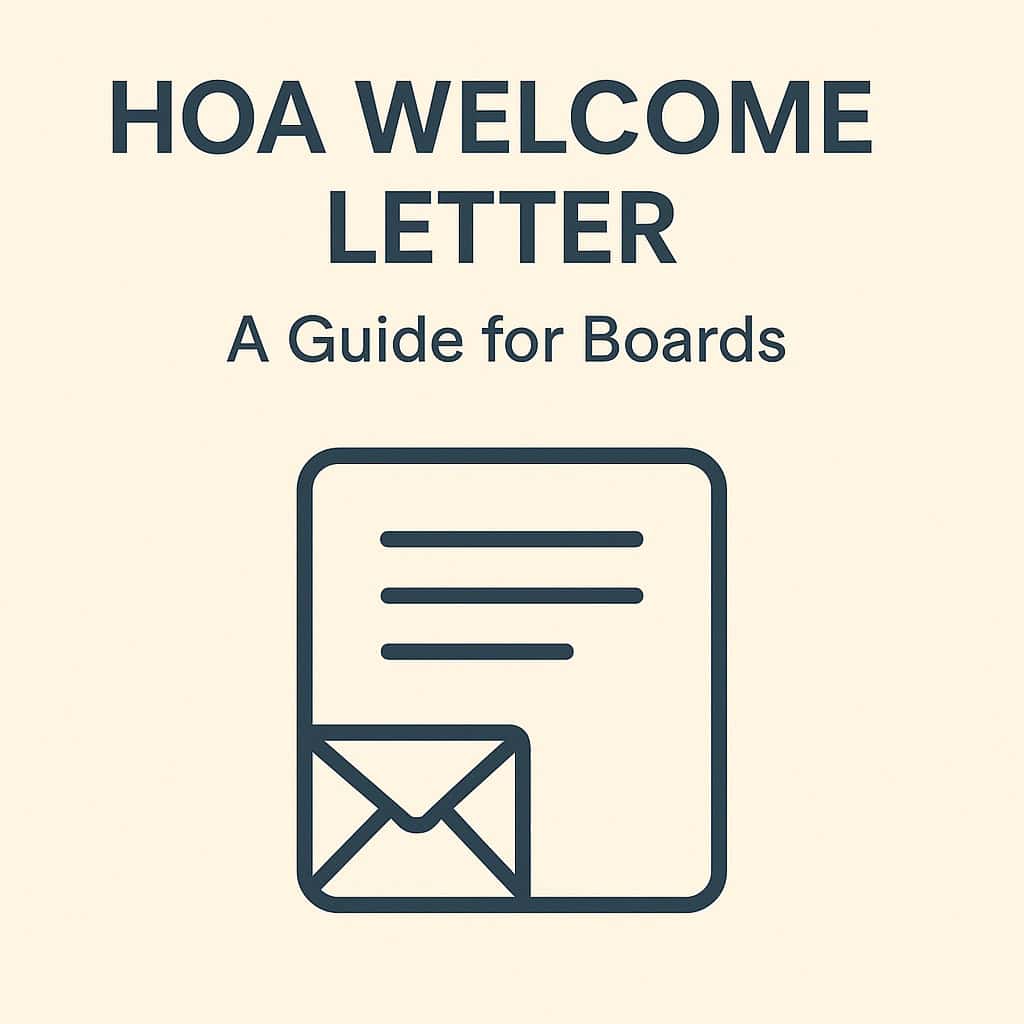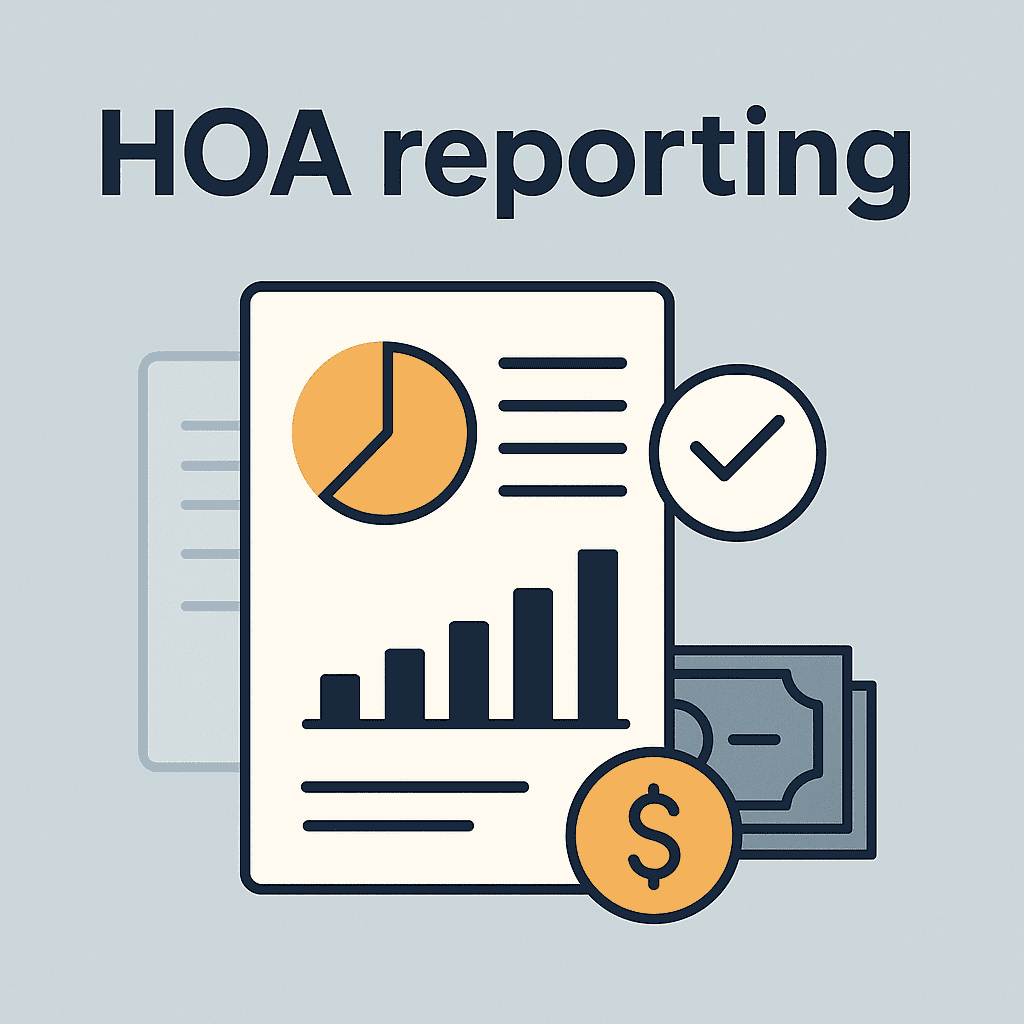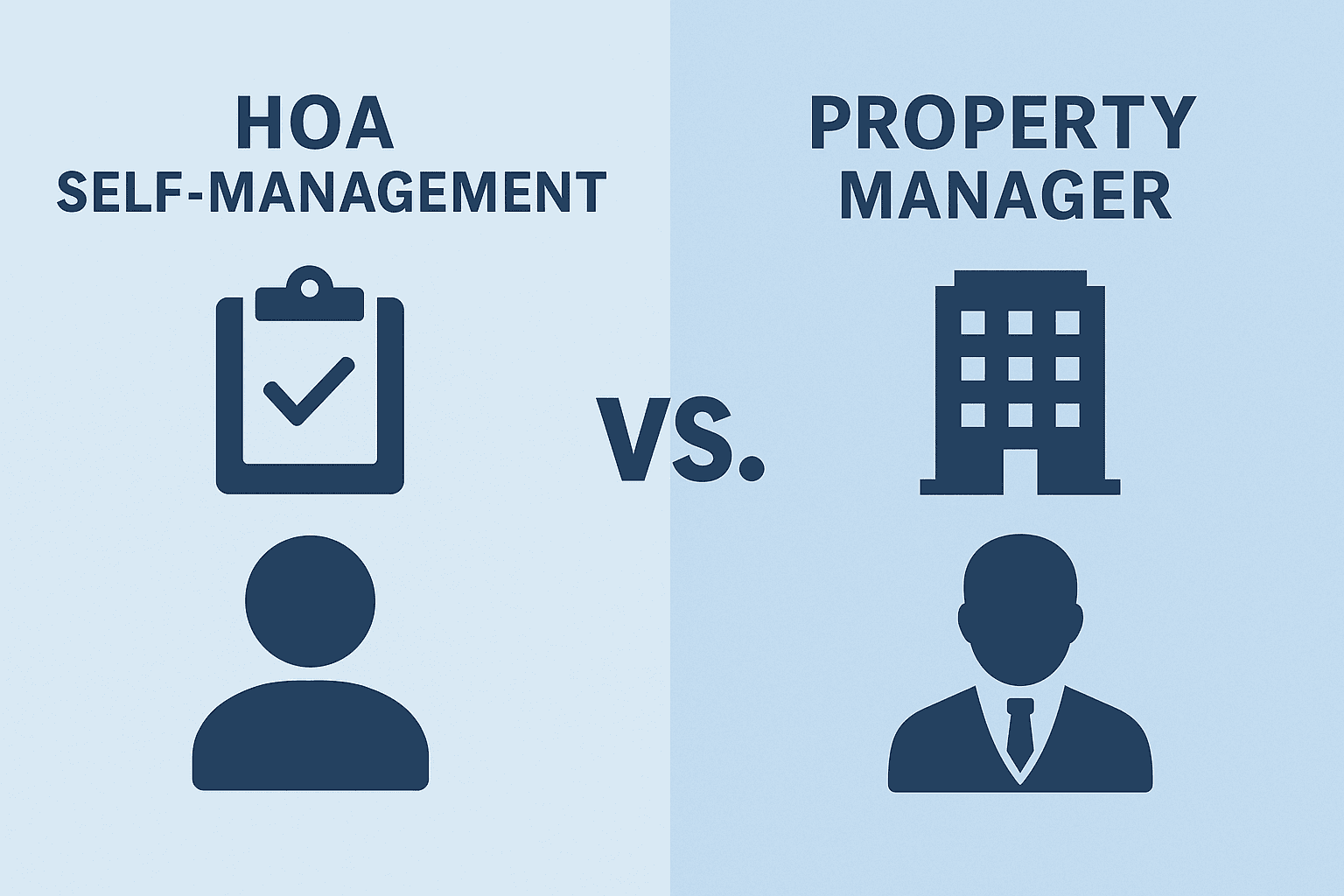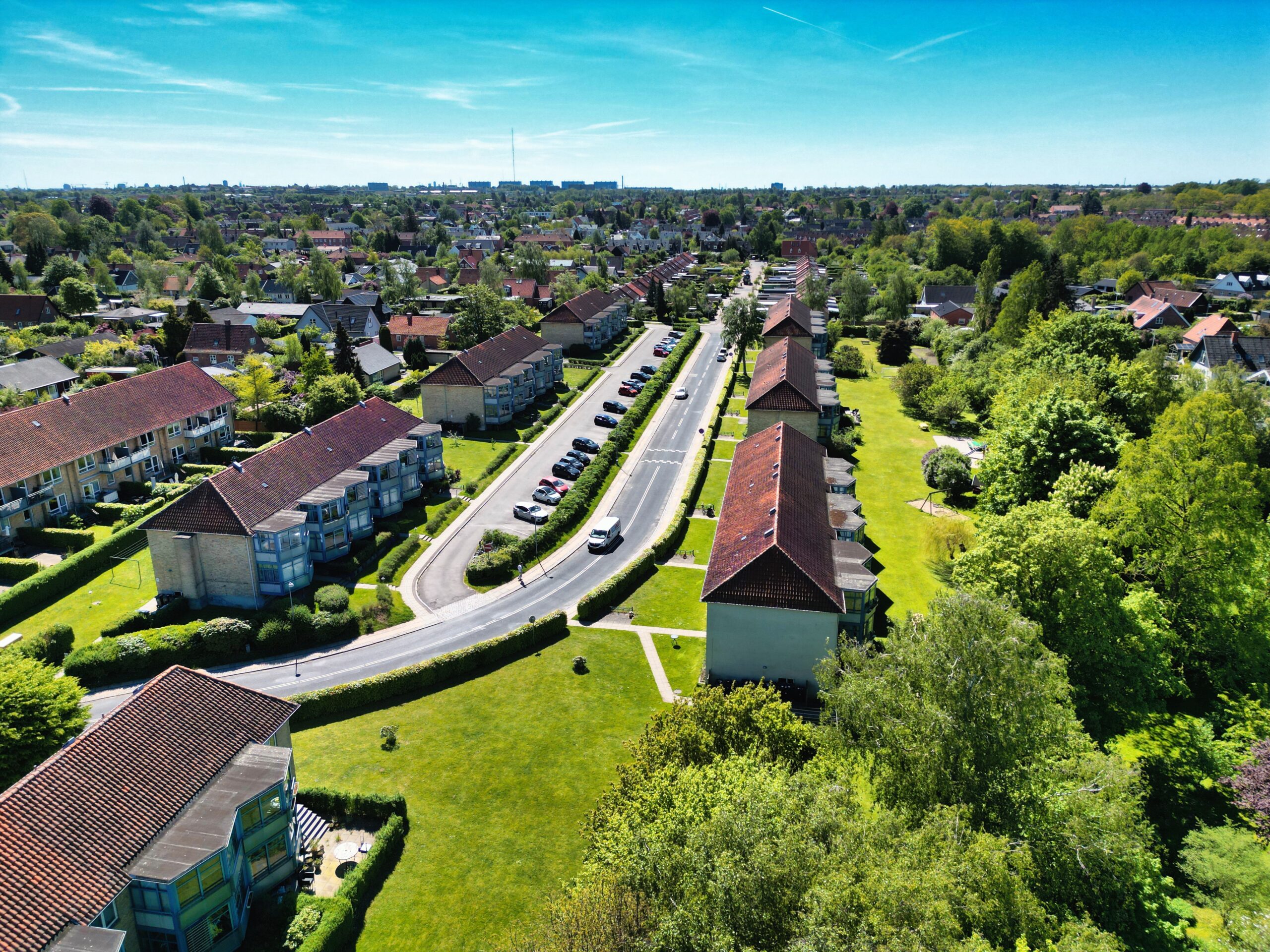Why residents move out of condominium, co-op, and homeowners’ associations
Many housing associations face challenges with resident turnover. This article explores data and research to highlight why residents choose to leave condominium associations, co-op housing, and homeowners’ associations. We look at the most common causes – from family growth to dissatisfaction with maintenance – and discuss differences between association types. Additionally, we analyze the consequences of high turnover and offer practical advice on how to retain residents.
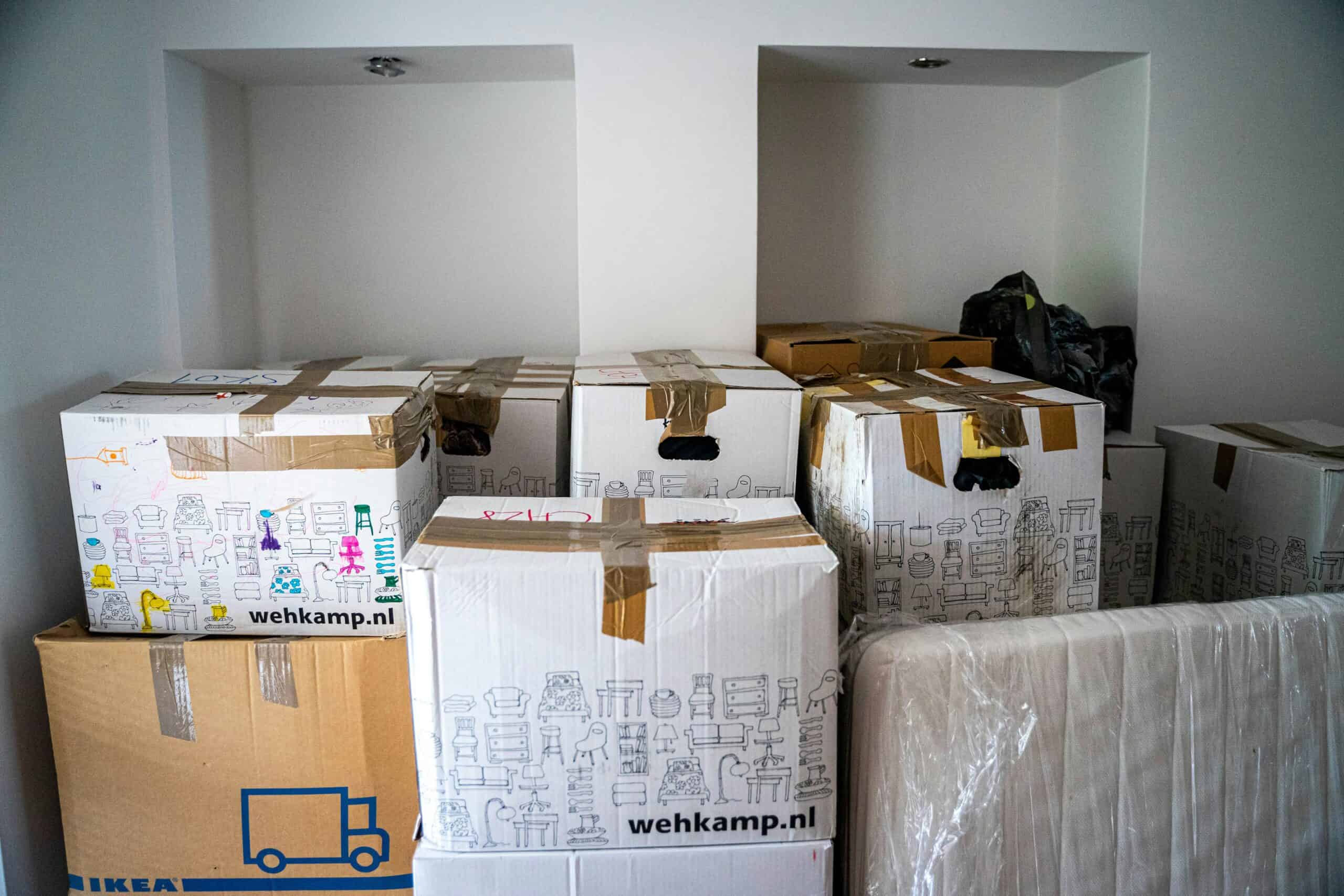
Understanding why people move
When a resident moves out of a housing association – whether it’s a homeowners’ association (HOA), co-operative housing, or a condominium association – it leaves not only an empty home but also a gap in the community. Boards often worry about high turnover, as it can signal dissatisfaction and cause unrest among remaining members. But why do people actually move? Is it primarily life events such as jobs and family, or do issues within the association itself play a role? In this article, we dive into data-driven reasons why residents choose to leave and what boards can do about it. We shed light on differences between association types, examine the consequences of frequent moves, and offer concrete suggestions for improving well-being and retaining residents. Let’s examine the factors that most often lead to a decision to say goodbye to neighbors and move out.
Sources are listed at the bottom of the page.
The most common reasons for moving out
There are many reasons residents pack their bags.
- Family-related reasons often top the lists. According to a Danish analysis, more than half of all moves are initiated by family circumstances – for example, moving in with a partner, divorce, or the need to live closer to family. In comparison, data from the U.S. shows that family-related reasons accounted for about 26.5% of moves in 2022. Particularly, couple formation and relationship breakdowns are frequent triggers: In Denmark, approximately 13% of moves are due to finding a partner, and 9% are due to the dissolution of relationships. Life’s major events – marriage, children, or children moving out – often lead to a change in living arrangements.
- Housing needs and space is another significant factor. Many people move because they want a larger, better, or different home. Internationally, we see the same trend: In a U.S. survey, the most common specific reason for moving was the desire for a newer, better, or larger home. A classic example is a family with children in an apartment dreaming of a house with a garden, or an older person in a house wanting something smaller and more practical. Financial considerations also play a role: housing costs and the opportunity to own instead of rent can motivate a move. A co-op owner might choose to sell their share to buy a private home if they can afford to “be the master of their own house”. Conversely, some may downsize from private ownership to a cheaper co-op or rental if their finances tighten.
- Job and geography have traditionally been another major driver of moves. A new job in a different region or a long commute might necessitate moving closer to work. However, recent data shows that job-related reasons are no longer the dominant cause for as many moves as before. The Danish analysis found that job-related reasons were the primary cause for just under one in five moves. During and after the COVID-19 pandemic, for example, fewer people moved solely because of work, possibly because more people could work from home. However, career changes and starting school will still cause some residents to leave their association to settle closer to new opportunities.
- Dissatisfaction with the association or neighborhood can also drive residents to move – something boards have direct influence over. A survey in a Danish housing area showed that nearly 30% of residents who wanted to move cited too much vandalism in the area as one of the reasons, while 16% pointed to low safety in general. And this is data from a country with low vandalism and crime in comparison with other countries. Such statistics highlight that security and neighborhood quality are critical to residents’ desire to stay. Noisy or conflict-ridden neighbor relations, crime in the area, or a poor atmosphere can push residents away.
- Additionally, maintenance and housing quality play a role: In the same survey, 21% mentioned the desire for a larger home and 17% wanted better housing quality as reasons for wanting to move, and 15% cited poor maintenance of the housing area (e.g., neglected buildings). If buildings and common areas are not well-maintained or if the association postpones necessary repairs, it can lead to frustration.
- Finally, financial issues within the association can also be a deciding factor – if common expenses increase dramatically, or if residents fear large additional charges (e.g., for roof renovation), some may choose to move to avoid financial insecurity.
Differences between condominium, co-op, and homeowners’ associations
While many of the reasons for moving are shared, there are differences depending on the type of association. Condominium associations, co-op housing, and homeowners’ associations each have different structures, resident compositions, and rules that can impact turnover patterns. Moreover, the following descriptions might look very different in your country as cultural differences plays a key role in the structure and formation of the HOA type.
Co-op Housing
In co-op housing, we often see a younger resident demographic in cities. Co-op housing functions for many as a stepping stone between renting and owning, and especially in Copenhagen and Frederiksberg, co-op residents are relatively young, while those in co-ops outside of larger cities tend to be older (often retirees). This means urban co-ops may experience higher turnover: young people buy a share, live there for a few years, and then move on when they start a family or can afford something better. Co-op owners may also be affected by the association’s financial situation – for example, a co-op with large debt and anticipated increases in housing fees may prompt a sale. Conversely, co-op housing also has built-in community and democratic processes that can help retain residents if functioning well. Restrictions can play a role: In a co-op, the board must approve new buyers, and rental of the unit is often restricted, so if a co-op resident wants to try something new (e.g., working abroad), they typically end up selling – they must move out, rather than temporarily renting, which can increase turnover rates compared to homeowners’ associations.
Condominium Associations
In condominium associations (e.g., condo buildings), turnover depends more on individual life circumstances and the housing market in general. Here, residents own their units outright, and there is often more flexibility – for instance, it’s easier to temporarily rent out a unit if someone wants to try something new, which can reduce turnover in some cases. Homeowners in cities are often more dynamic, similar to co-ops, while those in quieter neighborhoods may have longer stays. Satisfaction with the association’s management can influence this: If the HOA has poor leadership, constant conflicts at meetings, or high fees without visible benefit, it may push people to move. Conversely, a well-functioning HOA with good maintenance and a sense of community may cause people to stay longer than they otherwise would.
Homeowners’ Associations
Homeowners’ associations typically cover detached or row houses where each family owns their house, and they are members of an association to maintain shared roads, green spaces, etc. Here, the members are often families or established homeowners who statistically stay in one place longer than apartment dwellers. Turnover in homeowners’ associations usually happens for traditional reasons such as family changes (children move out, no longer needing a large house), job relocation to another area, or aging (no longer able to manage the house and garden). However, the association’s rules and general well-being can also play a role: If neighborhood disputes arise over issues like noise, fences, or pets, or if the association imposes large costs (e.g., a new road surface paid by members), it can create dissatisfaction. Generally, these factors are rarely the sole cause for moving out, but a negative reputation for the neighborhood can grow if many people feel troubled or poorly serviced by the association, and it may indirectly increase the likelihood of moving out over time.
In summary, co-ops and condos – particularly in cities – tend to experience higher turnover due to younger residents and life stages, while homeowners’ associations have more stable memberships, where moves are primarily driven by life changes and less so by the association’s character. Boards in all three types of associations should be aware of both the universal reasons for turnover and the specific issues that affect their particular type of association.
Consequences of High Turnover
High turnover can have several negative consequences for an association. Lost community and continuity is perhaps the most immediate. When many residents move out within a short period, it becomes harder to build a strong neighborhood. Residents barely get to know each other or engage in the association before new ones move in. This can erode the sense of community and make it harder to recruit people to board positions or committees – why invest time and effort if you won’t stay long, or if many around you keep leaving?
Loss of experience and knowledge is also a factor. A housing association benefits from members who know the building or area’s history, past decisions, and “how we do things.” If core members leave, there’s a risk that knowledge about maintenance plans, contracts, or past issues is lost. The board may end up wasting time reinventing solutions or making the same mistakes again because the experienced residents who could advise are gone.
Financial consequences of turnover are most directly felt in the rental sector, but homeowners’ and co-op associations can also be impacted indirectly. Each time a co-op unit is sold, for example, the association must handle appraisals, approval of new owners, and possibly repairs to common areas at the time of transfer. This creates an administrative burden that takes time and resources from the board and administrator. If an association experiences extraordinarily high turnover, it can also affect property values negatively: potential buyers may wonder why so many people are selling at once – is something wrong with the building, the finances, or the neighborhood? A reputation for instability can make it harder to attract new, engaged residents, or push prices down. In small co-ops, several simultaneous moves can even create liquidity problems if it takes time to find new residents.
How HOAs Can Improve Resident Retention
Thankfully, there are concrete steps that any HOA, co-op, or condominium association board can take to improve resident satisfaction and reduce turnover. The key is to address the known causes of resident dissatisfaction before they turn into decisions to leave. Here are some practical areas of focus:
- Prioritize maintenance and safety – Residents are more likely to stay in communities that are well-kept and feel safe. Routine repairs, clean shared spaces, and well-lit pathways not only improve daily life but also signal that the board is actively managing the property. Studies show that poor upkeep is a frequent reason for dissatisfaction and moving, so having a proactive maintenance plan can pay off by keeping more residents happy and in place.
- Strengthen communication and transparency – Clear, consistent, and two-way communication builds trust. When boards explain the reasons behind decisions—like fee increases or renovation projects—residents are more likely to be understanding. Holding town hall meetings, sharing minutes and budgets openly, and providing digital access to key documents all contribute to a more transparent environment where residents feel informed and heard.
- Foster a sense of community – People are less likely to leave a place where they feel connected. Events like seasonal parties, block clean-up days, or even digital message boards for residents to chat can create stronger social ties. Community-building helps residents develop relationships that make them think twice before moving out.
- Use feedback to make improvements – Don’t wait for people to leave before finding out what’s wrong. Regular surveys, feedback forms, or even casual check-ins can provide valuable insights into what residents appreciate and what frustrates them. Acting on this feedback shows that the board listens and values resident input.
- Leverage technology to improve efficiency – Modern platforms like Anyhoa help centralize communication, documentation, and transparency. Residents can find answers to their questions quickly, access shared resources, and feel more connected to their HOA. Tools like digital bulletin boards, document archives, and messaging systems can dramatically reduce misunderstandings and improve the everyday resident experience.
Conclusion
Resident turnover will never be completely avoidable, but by identifying key drivers and focusing on the things that matter most to residents, boards can build more resilient and attractive communities. Retaining residents means preserving valuable experience, strengthening the community culture, and reducing costly administrative burdens.
When residents feel informed, secure, and valued, they are more likely to see their community as a long-term home. With the right systems in place, such as those offered by Anyhoa, HOAs and similar associations can turn the tide on resident turnover and foster stronger, more satisfied communities.
Sources:
- U.S. Census Bureau: Why People Move: Exploring the Causes and Trends
- VIVE Denmark: Derfor flytter vi – En analyse af flyttemotiver
- NIRAS: Tilfredshedsundersøgelse Højvangen (2008)
- Cevea: Andelsboliger er fortsat en mellemvej
- BetterBo: Ind- og fraflytningsanalyse (2025)
- Anyhoa: Produktbeskrivelser og indsigter fra kundedata
